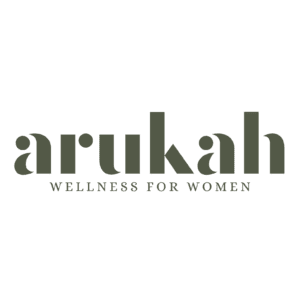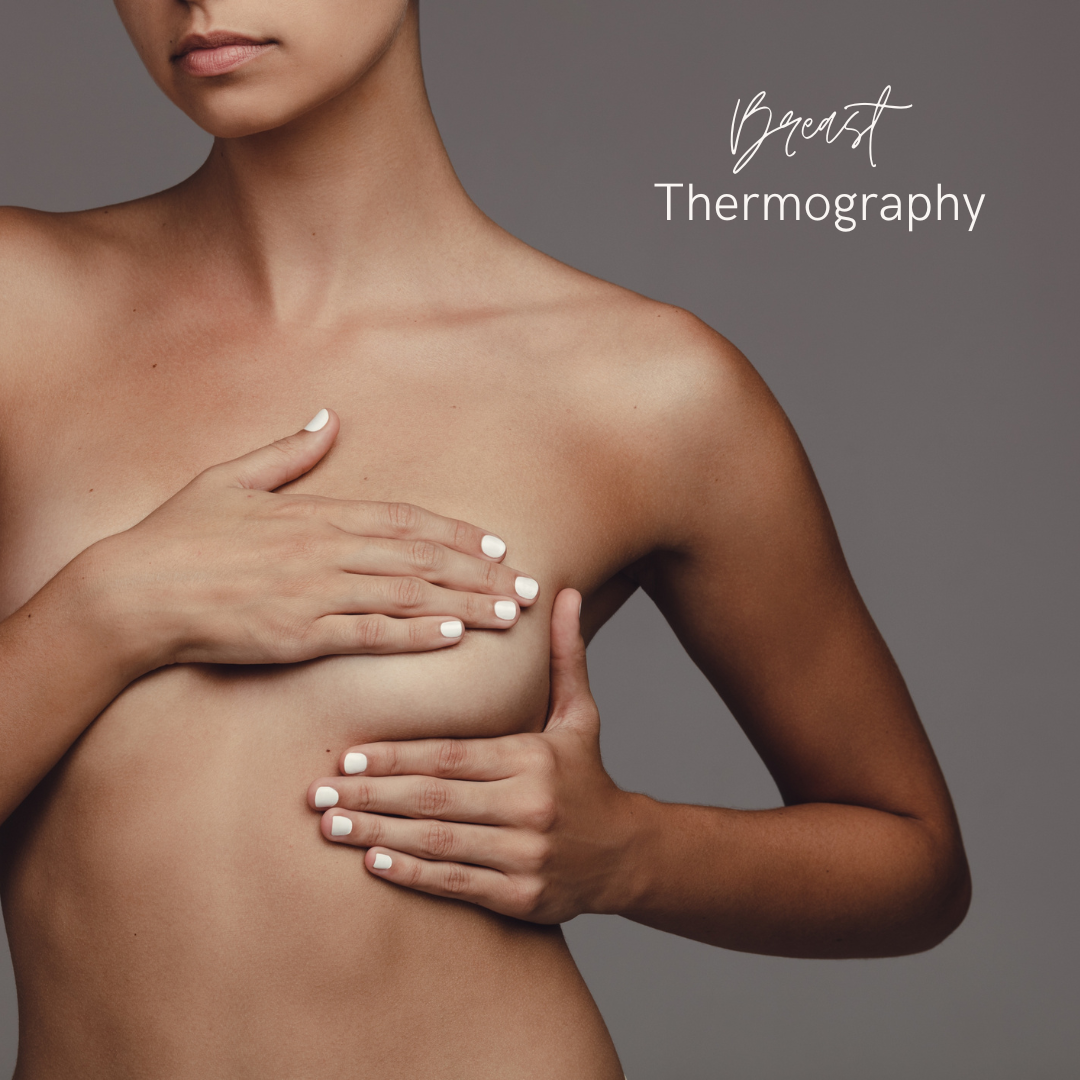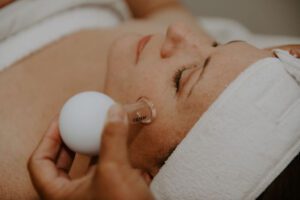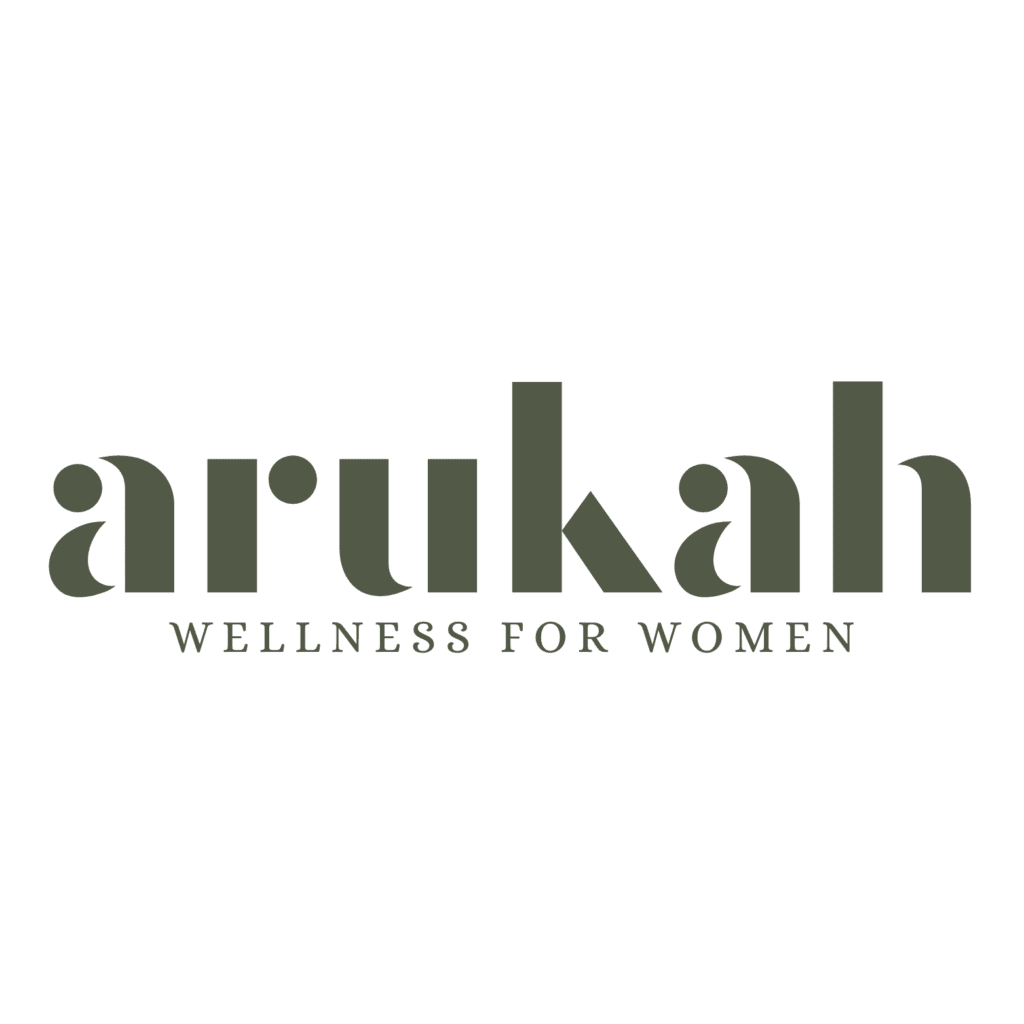Breast thermography is such a great way to monitor your breast health.
While it is an excellent screening tool with 90% accuracy – more than that of mammography or ultrasound – it is so much more. It can actually assess your breast cancer risk, giving you (the boob-owner) the control, enabling you to improve the health of your breasts. You don’t have to be a sitting duck, going in year after year for the boob-squish, checking to see if there’s cancer. You can actually do something to reduce your risk in getting it. How empowering is that?!
Accuracy–what they do and DON’T tell you. Mammography and ultrasound are the standard breast cancer screening options, both about 88% accurate in healthy breast tissue. They both look at anatomy and structure within the breast tissue and they both definitely have their place! What your doctor may not have told you, is that both mammography and ultrasound are only 60-80% accurate when thick,dense, fibrocystic tissue is present. Why? Because those technologies can’t see through the density very well. Many mammography and ultrasound reports have started to include language to indicate this reduced accuracy. Here’s a little article on the efficacy of mammograms/ultrasounds in dense tissue: American Breast Cancer Society.
Thermography “looks” at the physiology of the breast, indicating risk and areas of concern so that patients can follow up with their physicians.
So what does a thermogram see that is different from a mammogram or ultrasound? Well, for starters, a thermogram doesn’t actually “see” anything. It detects heat radiation coming from YOUR body and the thermal variance in temperature presents as an image to the 5/100’s of a degree. It can detect the very smallest temperature differences and the resulting image shows where there’s increased heat and vascular activity.
How do we KNOW that increased vascular activity means estrogen dominance? I get this question A LOT. The blood vessels in your breasts should be closed/constricted unless you’re nursing or pregnant. Healthy, non-lactating breasts have little to no vascular activity (see photo below).
Estrogen is an anabolic hormone which means that it opens/dilates the blood vessels and it’s the only reason for dilation of the vessels in the breasts specifically. So when we have an image with significant thermal activity in a woman who is not nursing or pregnant, it’s an indication of estrogen dominance. Estrogen dominance is the number one risk factor for breast cancer. Let’s talk about how/why:
We all have cancer cells in our body, there’s no way around it. Our bodies are either filtering out those cancer cells (healthy lymph and liver for the win!) or creating a hospitable environment for them. In order to grow and thrive, cancer needs a blood supply. Unfortunately, high levels of estrogen open up the vessels necessary to feed the cancer. Is this all making sense?
There are a number of reasons for high estrogen levels in the breast tissue; liver health, lymphatic health, diet, exercise, environmental toxins, and skincare/body products to name a few. We’ll talk about the liver for a minute though because this is KEY. If your liver is happy, healthy, and clear of gunk, then it can easily process out all the extra estrogen in your breasts. If it’s tired, gummed-up, used and abused, then it won’t be able to clear anything out and all that estrogen will just be hanging out in your breasts, creating the perfect environment for cancer to grow.
Something else I hear a lot is “Well, I just had my hormones checked and my estrogen levels were low, so there’s no way I could be estrogen dominant”. I wish that were true! Your breasts have up to 50x times more estrogen in them than the rest of your body https://www.ncbi.nlm.nih.gov/pmc/articles/PMC3652894/. So your body might be low in estrogen (hello menopause!), but your breasts could be swimming in it and no hormone test will pick that up.
Signs you may be estrogen dominant:
- Low energy
- Bloating
- Irregular periods
- Acne
- Mood swings/anxiety
- Weight gain
- Headaches
- Hair loss
- Insomnia
- Severe PMS symptoms
- Thick, fibrocystic breast tissue
- Low sex drive
- Impaired memory
Here are some awesome and easy ways to reduce estrogen dominance:
- Slowly and lovingly clean up your liver
- Exercise (just 15-20 minutes/day)
- Cut out the plastics
- Clean up your skincare routine
- Keep your lymph system happy with lots of water, dry brushing, manual lymphatic drainage, and movement (see our post on lymphatic health).
- Check your bra (ditch the underwire, wear bras that are a bit more loose)
No matter which way you decide to go, utilizing more than one form of screening is HIGHLY recommended because nothing is 100% accurate. Literally nothing.





